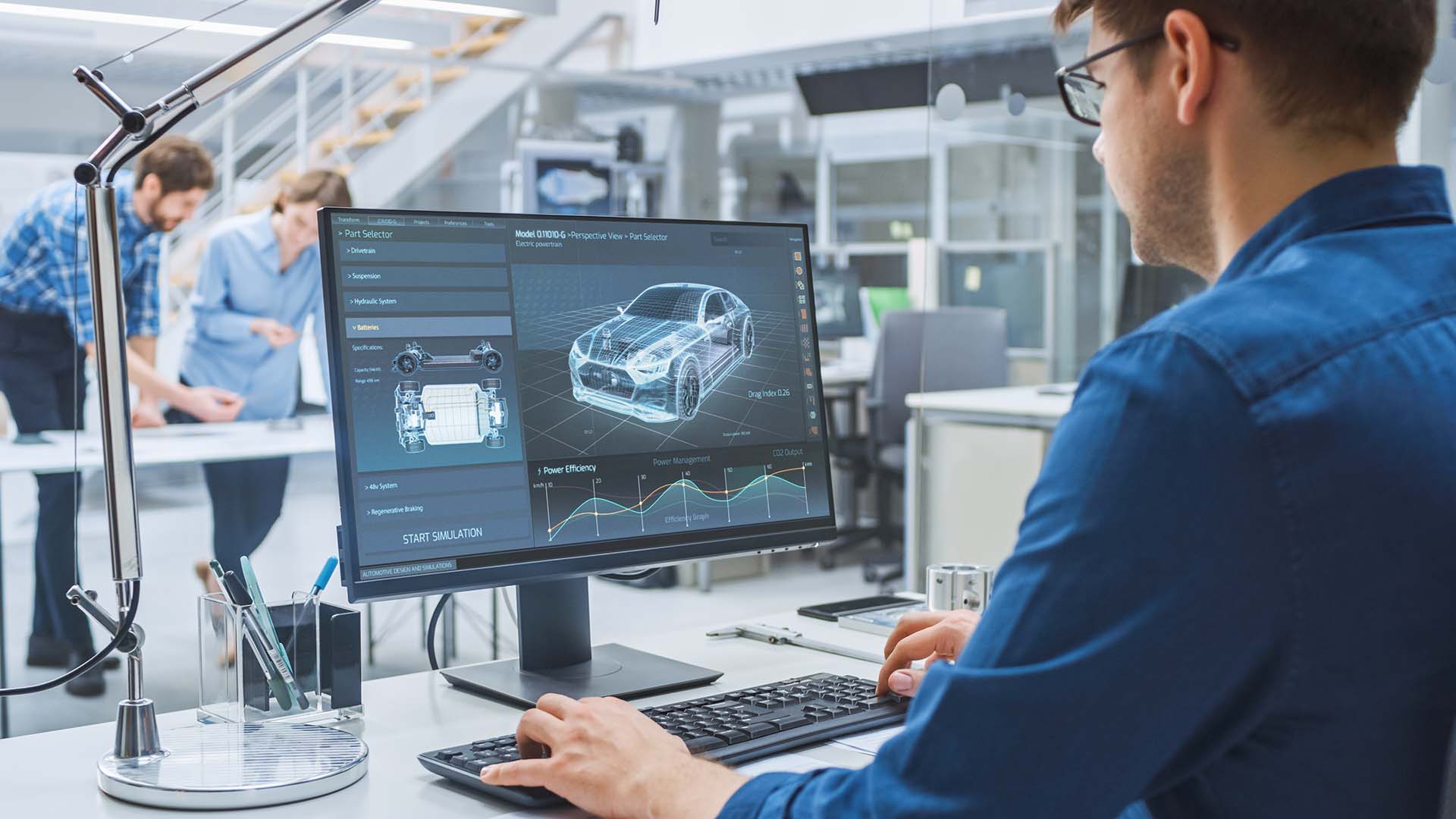Simulation models are tools based on mathematics and statistics, allowing companies and organizations to explore possible futures virtually. Business simulation is key to making informed decisions and improving operations, as it helps project outcomes and shows how current decisions can influence the company’s future, identifying key factors and optimal strategies. Risk assessment is also vital in simulation, as it allows understanding the impact of different situations on company objectives and taking preventive measures in time, which is crucial in financial decisions and asset management.
Digital simulation and digital twins are essential across all types of industries, ranging from deterministic to stochastic models, which every data professional must thoroughly understand. These digital models are useful not only for large enterprises but also for startups and medium-sized companies that need analytical support to enhance their quality.
Definition of Simulation Models
Simulation models are defined as mathematical representations of systems or processes that model events over time, using historical data and descriptions of the business logic that govern the system.
Strategic Applications in the Business World
In the business world, these models are very useful as they help in risk assessment and strategic decisions, providing a clear view of processes and assisting in asset valuation and budget planning. They also allow understanding risks and analyzing how changes would affect the company, being used in various functions such as inventory management and service level improvement. They are key to evaluating risks and finding business opportunities, helping project different futures and make better decisions, thus offering an advantage in a challenging environment.
Simulation Models: What Is Their Strategic Importance?
Simulation models help companies project the future. They use past data and descriptions to create virtual representations. This way, they show how events would develop over time. These models allow seeing different futures with their risks and opportunities, and by changing important variables, it is possible to analyze how they influence outcomes, helping in better long-term planning. In a competitive world full of uncertainty, these simulations are valuable as they help companies visualize the impact of different situations, allowing them to prepare for the future and gain a market advantage.
Stages of Simulation Models
Simulation models have important stages for effective functioning. Each plays a key role in the simulation.
- Data Model: This stage gathers and reviews the data used in the simulation, including elements like initial settings, environmental conditions, and system resources.
- Business Logic: In this phase, the logics that govern the system to be simulated are deeply understood, using algorithms and statistics to predict results.
- Measurement: Its role is to display the final simulation results clearly, using visual tools like charts and tables that help easily understand the data.
- Analysis: Here, the obtained results are deeply studied. Bottlenecks, resource interferences, and potential improvements can be detected.
Each stage works in harmony with the others to make the simulation successful. Understanding their functions and elements allows for more precise use and creation of simulation models.
Advantages of Implementing Simulation Models in Processes
Using simulation models in business brings many benefits, such as the ability to conduct in-depth analyses to see how different factors affect process outcomes. Additionally, ideas can be tested without investing resources in a real prototype, saving time and money. Simulation also helps find errors to correct before implementing something for real. Modeling processes highlights which equipment may wear out, allowing improvements in their design for longer durability and saving money in the long run.
Furthermore, simulation helps determine when to stop a machine for maintenance, enabling repairs before failures occur and reducing unplanned stoppages, which minimizes production impacts. Simulation drives companies to be more competitive by providing tools for better decision-making, risk prevention, and asset care, resulting in overall better business performance.
Can Decision-Making Be Enhanced Using Simulation Models?
Simulation models are very useful for making better decisions in all fields. In risk management, they help see how different scenarios affect the company, allowing better preparation and risk reduction. By simulating various scenarios, it is possible to identify the biggest dangers and create plans to combat them.
Simulation is also useful for anticipating the effects of a decision before making it, allowing companies to decide more safely and accurately. Additionally, it helps predict the future in business, as by simulating, companies can analyze how different decisions will affect their outcomes and choose actions that lead to a better future.
This method provides a clearer vision of what could be achieved or lost, helping companies anticipate problems and identify opportunities, leading to smarter and more effective decisions. For example, in the production field, simulations are crucial as they allow companies to identify the most profitable and efficient option to produce a good, optimizing resource use and reducing the risks of creating bottlenecks in the supply chain.
Furthermore, companies can test new economic strategies without real risk, finding the safest path to achieve their business goals. Using simulation in decision-making gives companies a better vision of the future, helping them foresee outcomes and find the best strategies, which is key to facing challenges and standing out in the competitive market.
Simulation Models in Various Industrial Sectors
From the perspective and experience of Eurystic, simulation is an essential tool for representing complex systems with multiple macro components interacting with each other. This approach is used for designing production systems or business models, encompassing components such as factories, warehouses, means of transportation, and demand, as well as the business logics that govern them.
These components can be more specific, like machines within a factory, aiming to gather information on how a system composed of all these resources behaves, interacting with their logics, priorities, and capacities.
This type of simulation has a strategic focus, aimed at solving industrial engineering problems. For example, it allows evaluating the impact on the production chain when opening a distribution center in a new location. It can also predict how a logistics network will behave in the face of sustained or seasonal demand increases.

